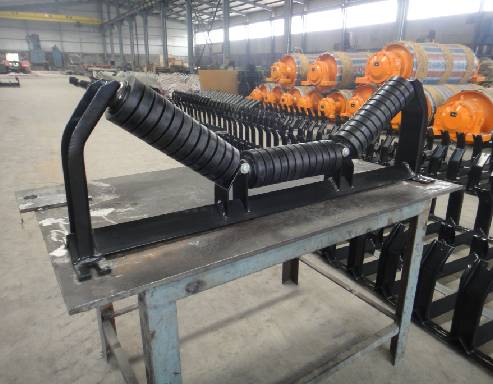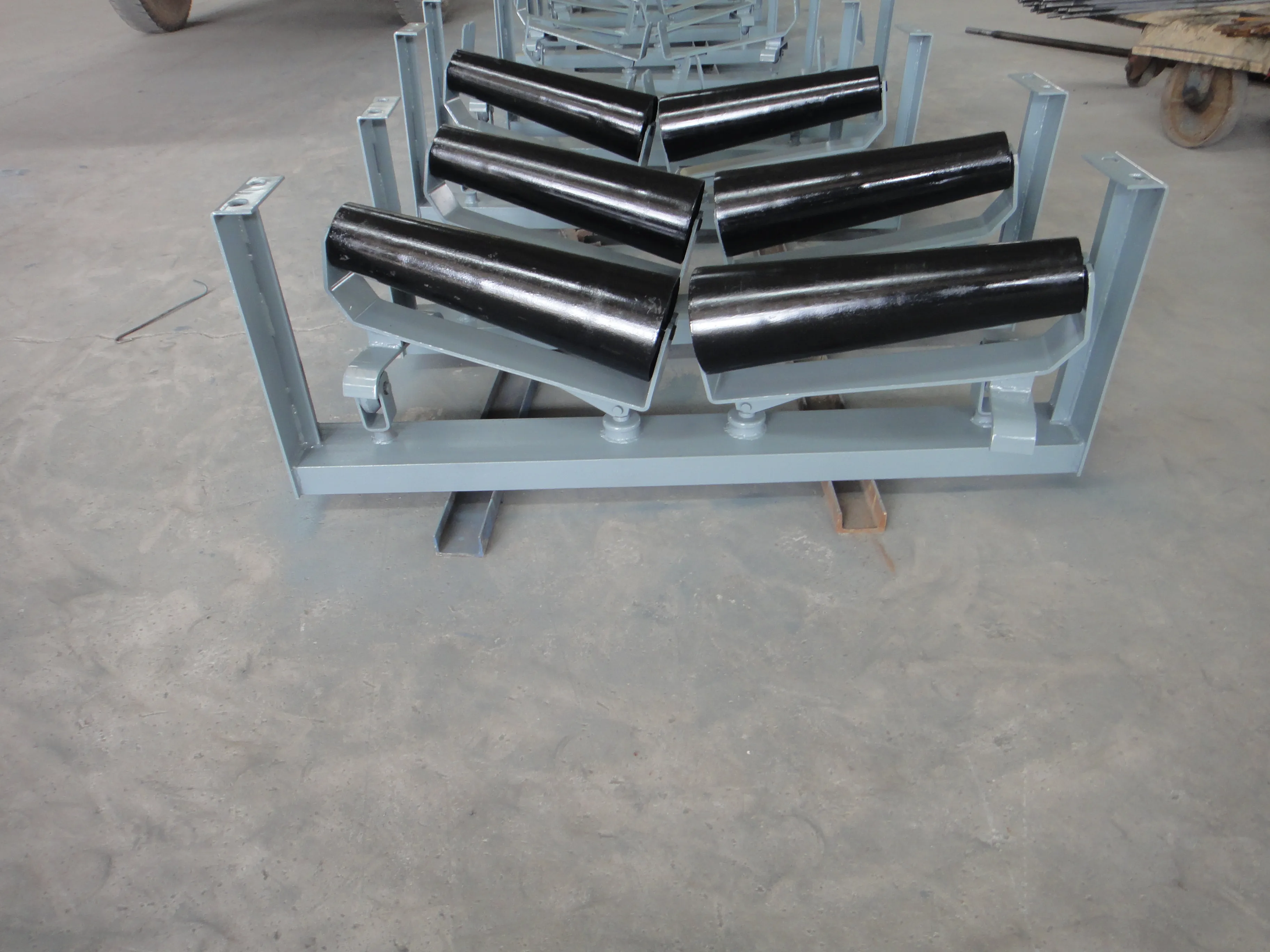 Afrikaans
Afrikaans  Albanian
Albanian  Amharic
Amharic  Arabic
Arabic  Armenian
Armenian  Azerbaijani
Azerbaijani  Basque
Basque  Belarusian
Belarusian  Bengali
Bengali  Bosnian
Bosnian  Bulgarian
Bulgarian  Catalan
Catalan  Cebuano
Cebuano  Corsican
Corsican  Croatian
Croatian  Czech
Czech  Danish
Danish  Dutch
Dutch  English
English  Esperanto
Esperanto  Estonian
Estonian  Finnish
Finnish  French
French  Frisian
Frisian  Galician
Galician  Georgian
Georgian  German
German  Greek
Greek  Gujarati
Gujarati  Haitian Creole
Haitian Creole  hausa
hausa  hawaiian
hawaiian  Hebrew
Hebrew  Hindi
Hindi  Miao
Miao  Hungarian
Hungarian  Icelandic
Icelandic  igbo
igbo  Indonesian
Indonesian  irish
irish  Italian
Italian  Japanese
Japanese  Javanese
Javanese  Kannada
Kannada  kazakh
kazakh  Khmer
Khmer  Rwandese
Rwandese  Korean
Korean  Kurdish
Kurdish  Kyrgyz
Kyrgyz  Lao
Lao  Latin
Latin  Latvian
Latvian  Lithuanian
Lithuanian  Luxembourgish
Luxembourgish  Macedonian
Macedonian  Malgashi
Malgashi  Malay
Malay  Malayalam
Malayalam  Maltese
Maltese  Maori
Maori  Marathi
Marathi  Mongolian
Mongolian  Myanmar
Myanmar  Nepali
Nepali  Norwegian
Norwegian  Norwegian
Norwegian  Occitan
Occitan  Pashto
Pashto  Persian
Persian  Polish
Polish  Portuguese
Portuguese  Punjabi
Punjabi  Romanian
Romanian  Russian
Russian  Samoan
Samoan  Scottish Gaelic
Scottish Gaelic  Serbian
Serbian  Sesotho
Sesotho  Shona
Shona  Sindhi
Sindhi  Sinhala
Sinhala  Slovak
Slovak  Slovenian
Slovenian  Somali
Somali  Spanish
Spanish  Sundanese
Sundanese  Swahili
Swahili  Swedish
Swedish  Tagalog
Tagalog  Tajik
Tajik  Tamil
Tamil  Tatar
Tatar  Telugu
Telugu  Thai
Thai  Turkish
Turkish  Turkmen
Turkmen  Ukrainian
Ukrainian  Urdu
Urdu  Uighur
Uighur  Uzbek
Uzbek  Vietnamese
Vietnamese  Welsh
Welsh  Bantu
Bantu  Yiddish
Yiddish  Yoruba
Yoruba  Zulu
Zulu Belt Conveyor Idler Design Durable & Efficient Solutions
- Overview of Belt Conveyor Idler Systems
- Technical Advantages in Modern Designs
- Performance Comparison: Leading Manufacturers
- Customization Strategies for Specific Applications
- Case Study: Mining Sector Implementation
- Maintenance Best Practices
- Future Innovations in Idler Technology

(belt conveyor idler design)
Belt Conveyor Idler Design: The Foundation of Efficient Material Handling
Belt conveyor idlers form the structural backbone of bulk material transportation, accounting for 35% of total conveyor system costs. High-performance idler designs reduce rotational resistance by 18-22% compared to conventional models, directly impacting energy consumption. Advanced CAD simulations now enable engineers to optimize roller spacing within ±2mm accuracy, achieving 92% load distribution efficiency across belt widths up to 3,000mm.
Engineering Breakthroughs in Roller Technology
Recent advancements feature laser-aligned bearing housings that extend service life to 60,000 operational hours. Sealed triple-labyrinth designs maintain lubrication integrity in environments with IP68 protection, reducing maintenance frequency by 40%. Composite polymer end caps demonstrate 27% higher impact resistance than steel counterparts in ASTM D256 tests.
Manufacturer Performance Benchmarking
| Vendor | Load Capacity (kg) | Noise Level (dB) | Warranty (months) |
|---|---|---|---|
| AlphaRoll | 2,500 | 68 | 24 |
| BetaIdler | 3,200 | 72 | 18 |
| GammaTech | 4,000 | 65 | 36 |
Application-Specific Configuration Matrix
For coal handling plants, staggered idler arrangements achieve 14° surcharge angles without spillage. Food-grade operations utilize FDA-compliant rollers with 316L stainless steel construction, maintaining <0.5μm surface roughness. Underground mining variants incorporate anti-static compounds meeting IEC 60079-0 standards, reducing discharge risks by 83%.
Operational Validation: Iron Ore Facility Retrofit
A Brazilian mining operation recorded 17% throughput increase after upgrading to tapered roller idlers. Key metrics pre/post-installation:
- Belt mistracking incidents: 42/month → 3/month
- Energy consumption: 11.2kW/h → 9.1kW/h
- Component replacement cycle: 6 months → 22 months
Preventive Maintenance Protocol
Infrared thermography reveals bearing anomalies 6-8 weeks before failure. Proper alignment procedures maintain radial runout below 0.3mm, extending belt life by 40%. Lubrication intervals should follow operational hours rather than calendar months, with grease volume calibrated to ±5% accuracy.
Belt Conveyor Idler Design Evolution and Smart Integration
Embedded IoT sensors now monitor real-time roller temperatures and vibration frequencies, predicting failures with 94% accuracy. Recent prototypes integrate graphene-enhanced polymers, demonstrating 62% weight reduction while maintaining ISO 15243:2015 durability standards. These innovations position belt conveyor idler design
as critical enablers for Industry 4.0 material handling systems.

(belt conveyor idler design)
FAQS on belt conveyor idler design
Q: What are the key factors in belt conveyor idler design?
Q: How does conveyor belt idler design affect energy efficiency?
Q: What materials are best for conveyor idler roller design?
Q: Why is trough angle important in belt conveyor idler design?
Q: How do impact idlers differ from standard conveyor idler rollers?
-
Revolutionizing Conveyor Reliability with Advanced Rubber Lagging PulleysNewsJul.22,2025
-
Powering Precision and Durability with Expert Manufacturers of Conveyor ComponentsNewsJul.22,2025
-
Optimizing Conveyor Systems with Advanced Conveyor AccessoriesNewsJul.22,2025
-
Maximize Conveyor Efficiency with Quality Conveyor Idler PulleysNewsJul.22,2025
-
Future-Proof Your Conveyor System with High-Performance Polyurethane RollerNewsJul.22,2025
-
Driving Efficiency Forward with Quality Idlers and RollersNewsJul.22,2025





























